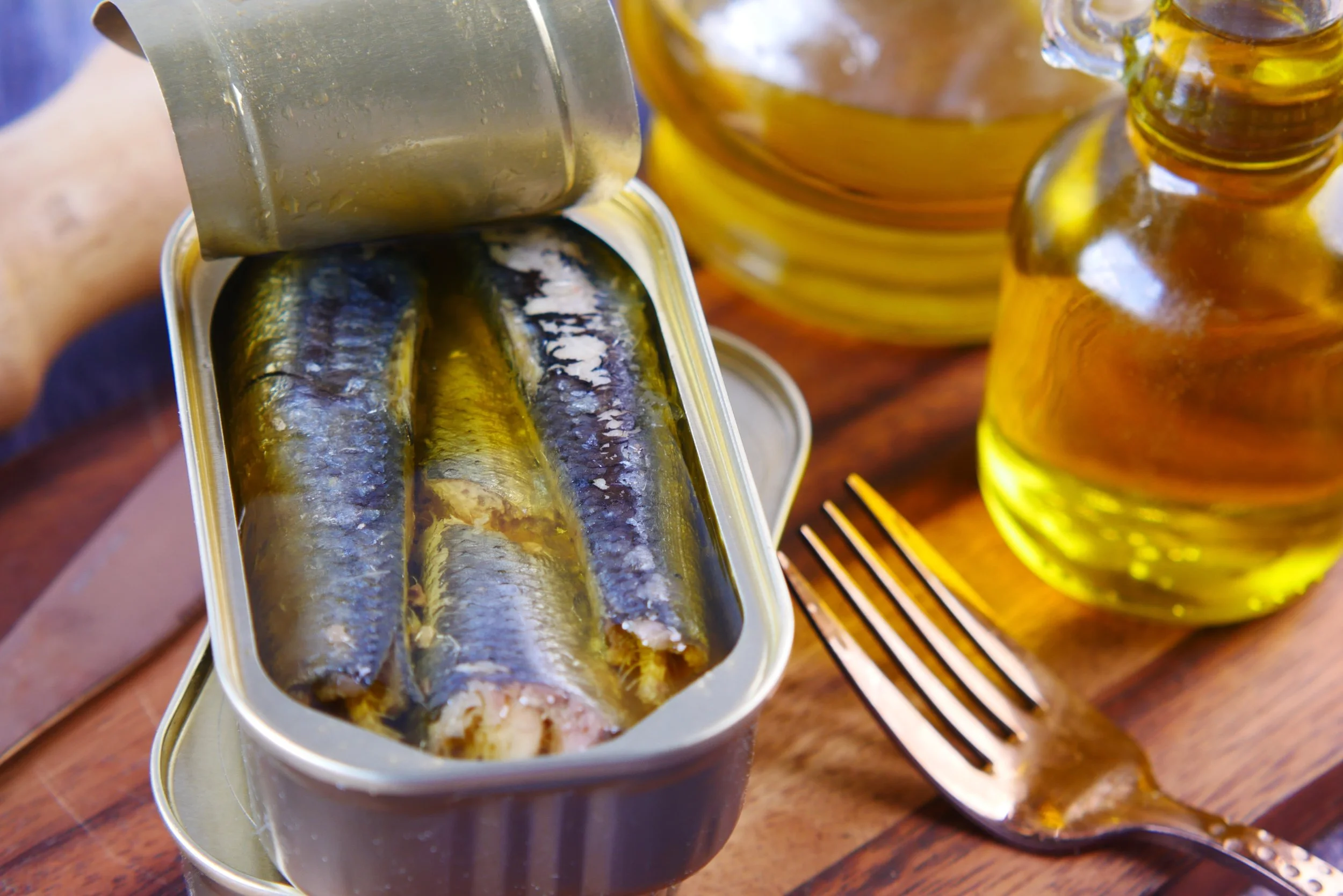Top 5 Nutrients for Skin Barrier Function
Restoring skin barrier function is a key treatment strategy for acne, Rosacea and Perioral dermatitis. An impaired skin barrier is a driving factor that can lead to both the development and aggravation of acne, skin infections and inflammatory skin conditions.
The skin barrier is our skin’s first line of defence. It begins with the stratum corneum, the top layer of the skin which is comprised of skin cells known as corneocytes & other proteins, which provides a physical barrier from invading pathogens that could cause skin infections. For this, we need a tightly thatched ‘roof’ of corneocytes, created from well hydrated rather than dry and crunchy cells. This layer also contains enzymes that allow the skin cells to slough off and naturally self-exfoliate, as well as communicate to the lower skin layers what this top layer needs, for example, more or less oil.
The acid mantle is also part of the skin barrier and is found a layer deeper than the stratum corneum, in the stratum lucidum. It is comprised of a layer of water with a layer of oil on top (this layer of oil keeping hydration IN the skin to avoid transepidermal water loss, or TEWL). To build a lovely acid mantle we need to create healthy cell membranes, which break down and create these layers of oil and water.
But how do you know if your skin barrier is impaired? Our skin barrier gets damaged by factors such as sunburn, the use of medical interventions including Roaccutane, topical steroid creams and Clindamycin, Tretinoin, & harsh skincare or treatments such as chemical peels, Benzoyl peroxide, exfoliation and microdermabrasion, as well as nutrient deficiencies resulting from a poor diet and/or oral contraceptive pill use. You also know that your skin barrier is functioning less than ideally if you have an inflammatory skin condition such as acne, Perioral dermatitis or Rosacea, if you are experiencing redness, dryness, infections such as Staph or Candida in the skin, or if your skin is easily irritated by or sensitive to topical applications, or the weather.
As a skin-focussed naturopath I often find that women’s skin barrier is in a state of disrepair due to the many tried and failed interventions used to treat acne, Rosacea and Perioral dermatitis. However, on a positive note, a naturopath working in conjunction with a skilled corneotherapist can help to restore your barrier (I work alongside MANY skin therapists across Australia, please reach out if you need a referral to one I trust located near you!).
Consuming a diet abundant in the following vitamins & minerals is one of the major diet tips I give to clients to help them overcome acne, Rosacea and Perioral dermatitis and to help them rebuild their skin barrier & acid mantles. Supplementation (under practitioner advisement) may also be necessary.
1) Iron
Not only is iron essential for collagen synthesis (via activation of the amino acids lysine and proline which build collagen) which supports skin integrity and elasticity, but it is also essential for mitochondrial function which provides skin cells with energy to perform all their metabolic processes (including cell to cell communication, stem cell differentiation and responding to microbial infection). Iron is also paramount in wound healing via delivering oxygen to the wound site to help physically repair the skin barrier.
2) Calcium
Calcium regulates many skin functions including skin cell differentiation (the calcium ‘gradient’ changes as you move up through the skin layers which in turn promotes the change or ‘differentiation’ of keratinocytes as they move up to the stratum corneum), skin barrier formation and skin permeability. Calcium release is involved in the synthesis of antimicrobial peptides in the skin which enhances skin barrier function and skin immunity.
3) Zinc
Zinc supports SCCE function, which is the enzyme in the stratum corneum that allows the skin cells to naturally slough off in a process called desquamation, or self-exfoliation. Zinc also plays a large role in wound healing in the skin including cell membrane repair, and skin remodelling. Zinc also possesses antibacterial properties for skin immunity and has a host of actions in reproductive health beneficial for hormone-driven acne in particular.
4) Vitamin A
Vitamin A supports skin cell desquamation (self-exfoliation) and skin cell turnover so that old cells don’t build up, block hair follicles in the skin and create an anaerobic environment that allows for acne-causing bacteria to multiply. Vitamin A is also a collagen precursor so helps to maintain skin integrity, and ‘plumpness’ of the dermis which houses blood vessels that supply the upper skin layers with nutrients.
5) Essential Fatty Acids
EFAs are the building blocks for a healthy, solid acid mantle- you’ll never see a skin-focussed naturopath not giving a high-quality fish oil supplement when there is an inflammatory skin condition present! A combination of EPA and DHA is ideal for optimising skin barrier function, & GLA in particular when we are seeing transepidermal water loss (TEWL) in the skin which creates dryness and dehydration. EFAs also help the skin to maintain a slightly acidic pH of 4.5-6.5 which helps to provide physical protection from infection and maintain the skin’s microbiome so that this surface environment favours more beneficial bacteria living on it. GLA is derived predominantly from plant seed oils such as borage oil and evening primrose oil, whereas EPA and DHA are found in their greatest amounts in cold-water, oily fish such as sardines, herring & mackerel, as well as in flaxseed, and algae oil.
By Phoebe Ackland, (BHSc Naturopath)
Available for naturopathic consultations for women struggling with acne, perioral dermatitis, Rosacea, PCOS & other menstrual cycle-related conditions or digestive issues.
